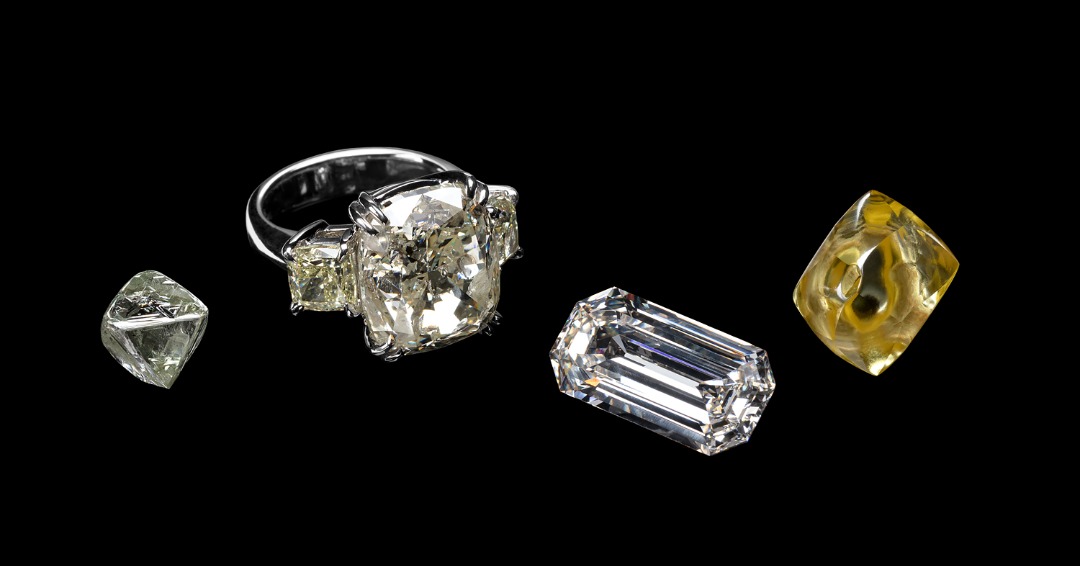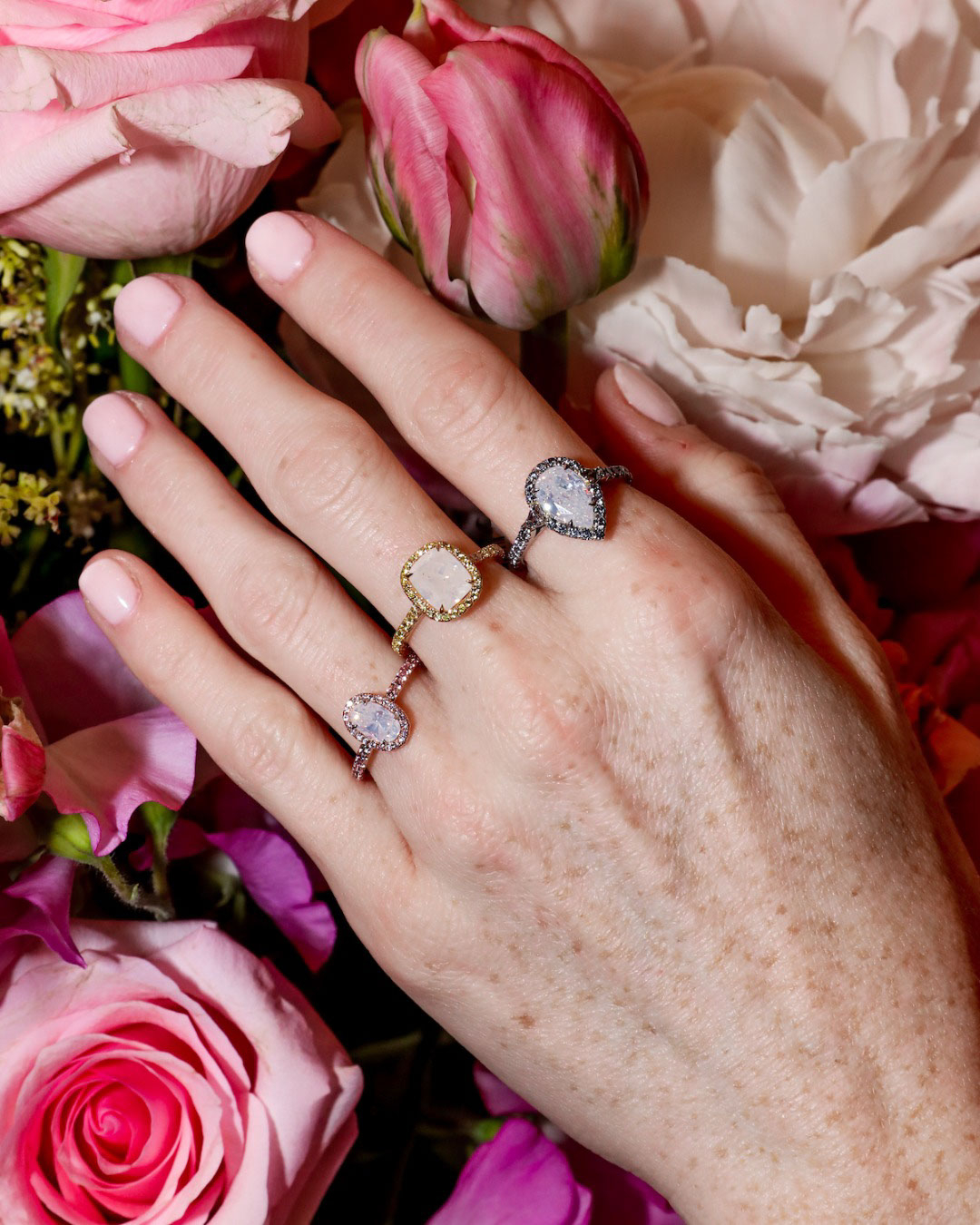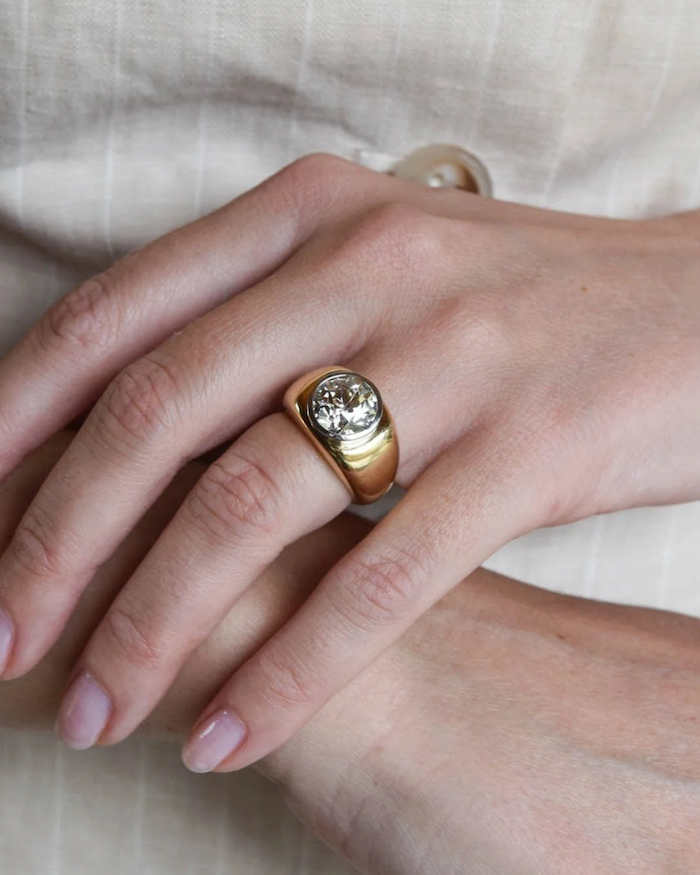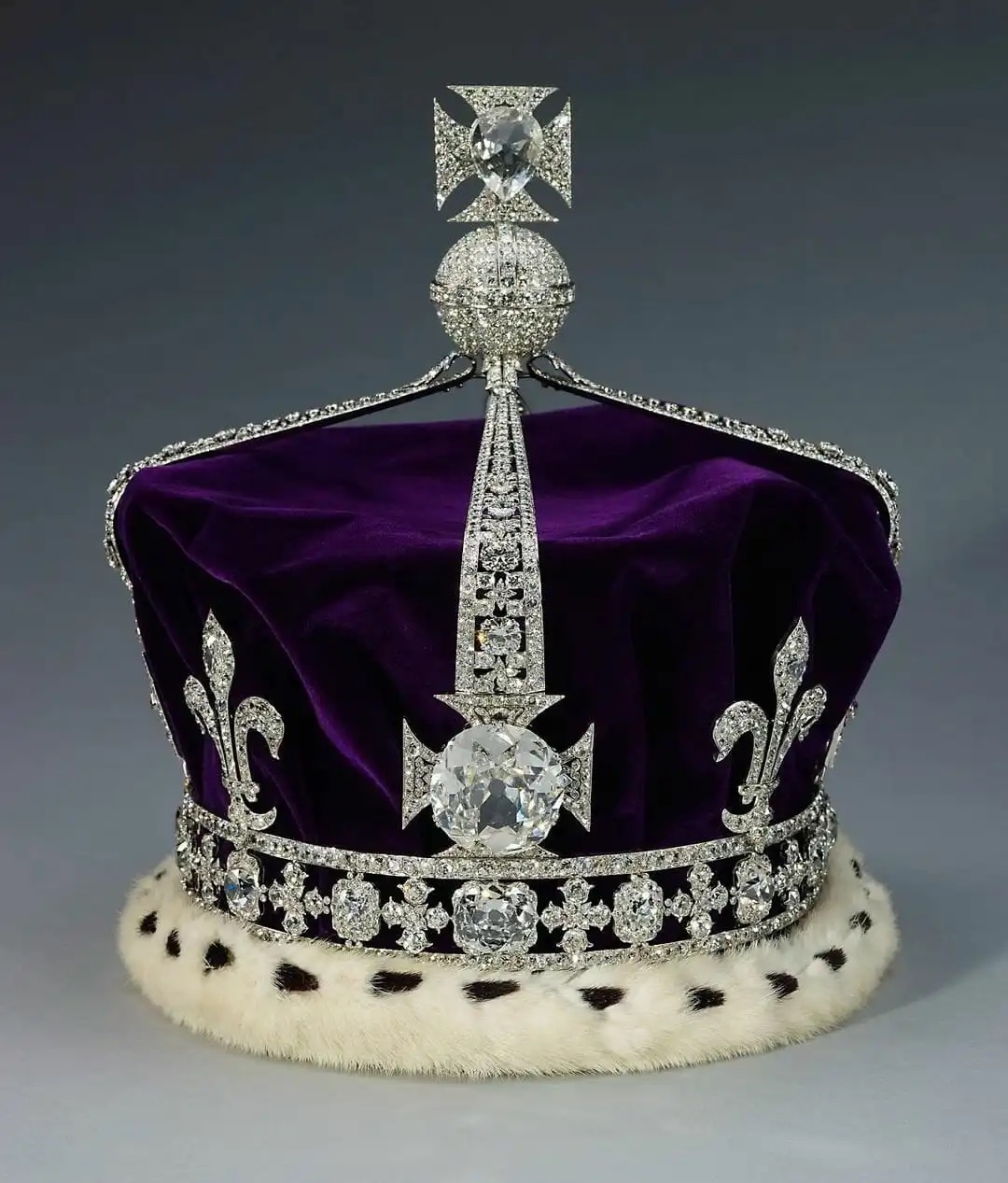New York Woman Unearths 2.30 Carat Diamond in Arkansas
After three weeks, Micherre Fox found the stone at the former recovery site, Crater of Diamonds State Park.

Natural diamonds may be forever, but finding one yourself, especially in the United States, is a feat so rare it’s almost mythical. Yet that’s precisely what Micherre Fox, a 31-year-old from Manhattan, accomplished this summer: Finding an Arkansas diamond in the state’s famed Crater of Diamonds State Park. After a month of determined searching, Fox struck pay dirt on her final day, uncovering a beautiful 2.30-carat colorless diamond that she has since turned into the ultimate personal treasure—her engagement ring.
Meet the Expert

- Grant Mobley is the Jewelry & Watch Editor of Only Natural Diamonds.
- He is a GIA Diamonds Graduate.
- He has over 17 years of jewelry industry experience, starting with growing up in his family’s retail jewelry stores.
Her journey wasn’t just a casual afternoon stroll through the park. Fox had set herself a mission two years earlier: to find a diamond for her own engagement ring. For her, the stone’s value lay not just in its rarity or carat weight, but in the meaning of unearthing it herself. On that last day, while scanning the dusty, sunlit field, something caught her eye. At first, she thought it was a dew-covered spiderweb. Upon closer inspection, it revealed itself as a gem glinting in the Arkansas sun. The park’s experts confirmed her instincts: this Arkansas diamond was one of the largest diamonds recovered there this year.
Arkansas Diamond: The Unusual Geology of Crater of Diamonds


The Crater of Diamonds is no ordinary patch of Earth. Situated near Murfreesboro, Arkansas, this 37-acre site is the eroded surface of a 95-million-year-old volcanic crater. Unlike most diamond deposits, which form in kimberlite rock, the Crater’s diamonds occur in lamproite, an equally ancient volcanic rock type. These diamonds formed more than a billion years ago deep within the Earth’s mantle before being carried to the surface by volcanic eruptions.
What makes the park so remarkable is accessibility. Over millions of years, erosion has brought many diamonds close to or even above the surface, making them findable without industrial-scale mining. Visitors can simply walk in with a shovel, sifting screen, or even just their hands, and if they find a diamond, it’s theirs to keep. Despite this, the deposit is far too small to support a commercially viable mining operation. Decades of attempts to mine it profitably failed, and in 1972, the land was sold to the state and transformed into a public park.
Today, around two diamonds are found each day by visitors, most of them under a carat in size. That’s why Fox’s 2.30-carat stone stands out—not just for its beauty, but for its size.
Arkansas Diamond: Legendary American Diamond Finds
While most diamonds are discovered in places like Botswana, Angola, Canada, and Australia, the United States has produced only a handful of extraordinary stones. The Crater of Diamonds itself is home to the most famous of them all: the Uncle Sam Diamond, another Arkansas Diamond. Discovered in 1924, the original rough crystal weighed an astonishing 40.23 carats and remains the largest rough diamond ever found in the U.S. Cut into a flawless 12.4-carat pinkish-brown emerald cut, it now resides in the Smithsonian’s National Museum of Natural History.
Another standout is the Freedom Diamond, found in 1997 at the now-defunct Kelsey Lake Diamond Mine in Colorado. The 28.20-carat rough diamond became a 16.86-carat cushion-cut gem, which remains the largest polished diamond ever found in the United States.
Two other notable American diamonds remain in their natural form: the Canary Diamond, an 18-carat golden-yellow crystal from Arkansas, and the Colorado Diamond, a 6.5-carat near-perfect octahedron from Colorado. Like the Uncle Sam and Freedom Diamonds, both are part of the Smithsonian’s collection.

Arkansas Diamond: A Rare Find with Personal Significance
Fox’s discovery is far smaller than those legendary stones, but in many ways, it’s even more personal. She wasn’t part of a mining team or a professional exploration effort—she was simply a determined individual with a goal. Her diamond was the third-largest found at the park this year out of more than 360 recovered stones, underscoring just how uncommon a find of this size is.
The Crater of Diamonds does not produce the volume of gems needed to sustain a commercial mine. Still, its open-access policy gives everyday people a chance to experience the thrill of discovery. And every so often, someone like Fox walks away with a diamond that’s not just a geological marvel, but a deeply personal symbol.
Arkansas Diamond: The Allure of Finding Your Own Diamond
While most of the diamonds we see traveled thousands of miles from some of the world’s most important mines, a diamond found in the United States, by your own hands, is a rarity of the highest order. The Crater of Diamonds may never rival Botswana or Canada in production, but its legacy is unique. It offers a glimpse into the geological forces that create the world’s most coveted gem and a rare chance for anyone to walk away with a diamond of their own.
And for one woman from New York, that chance became a once-in-a-lifetime reality. It’s proof that even in the most unexpected corners of the world, nature still has treasures waiting to be found.











